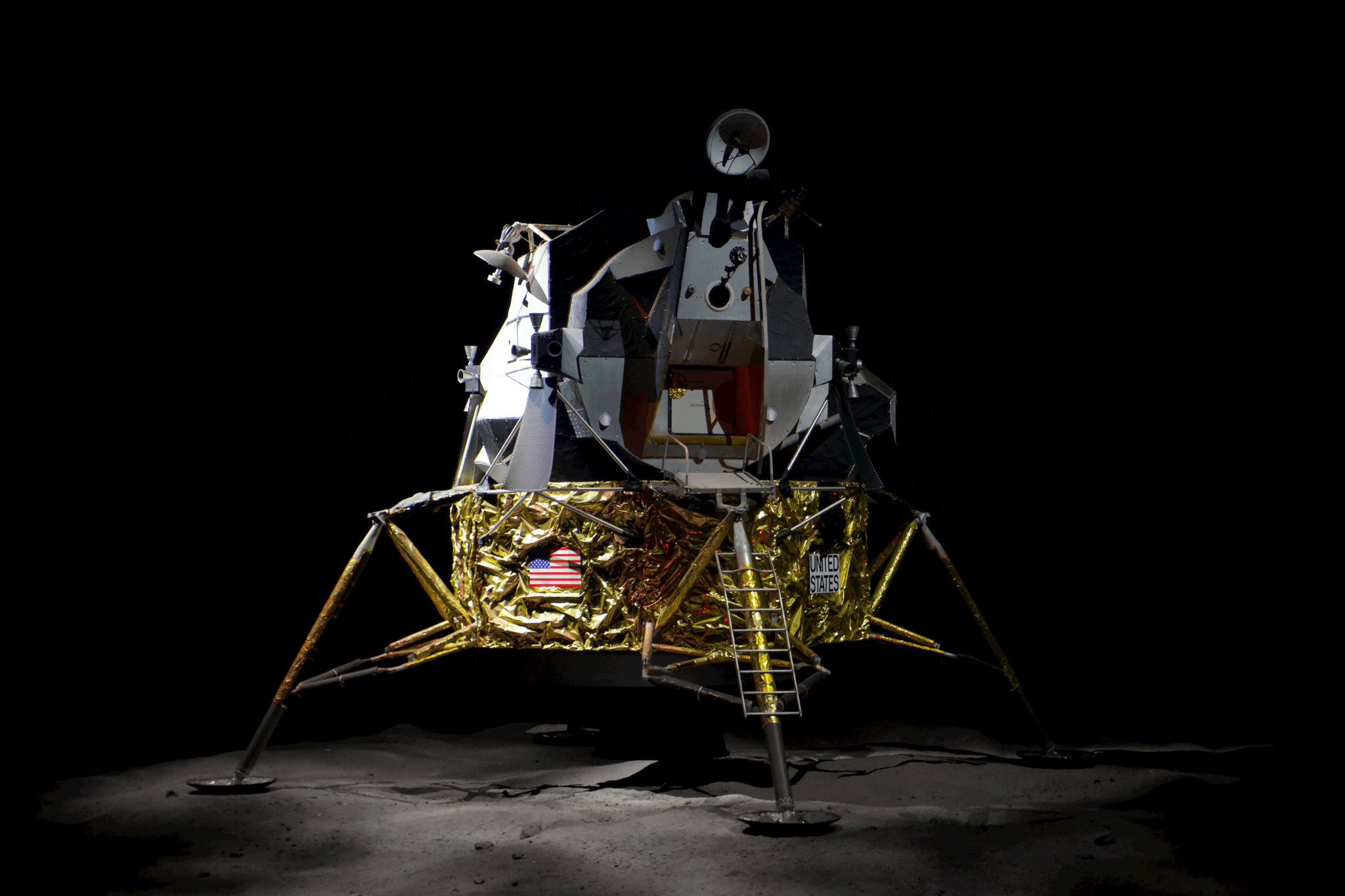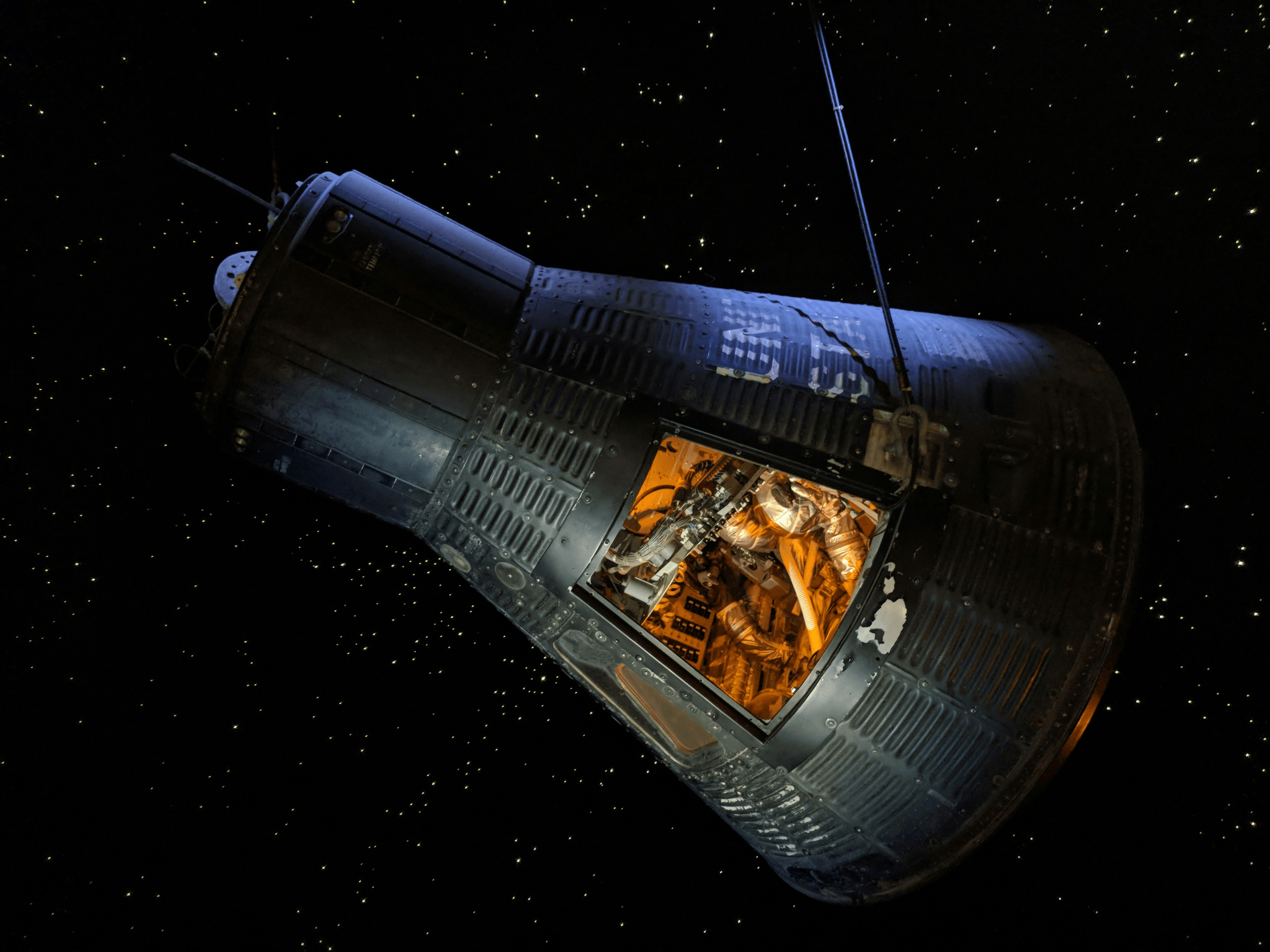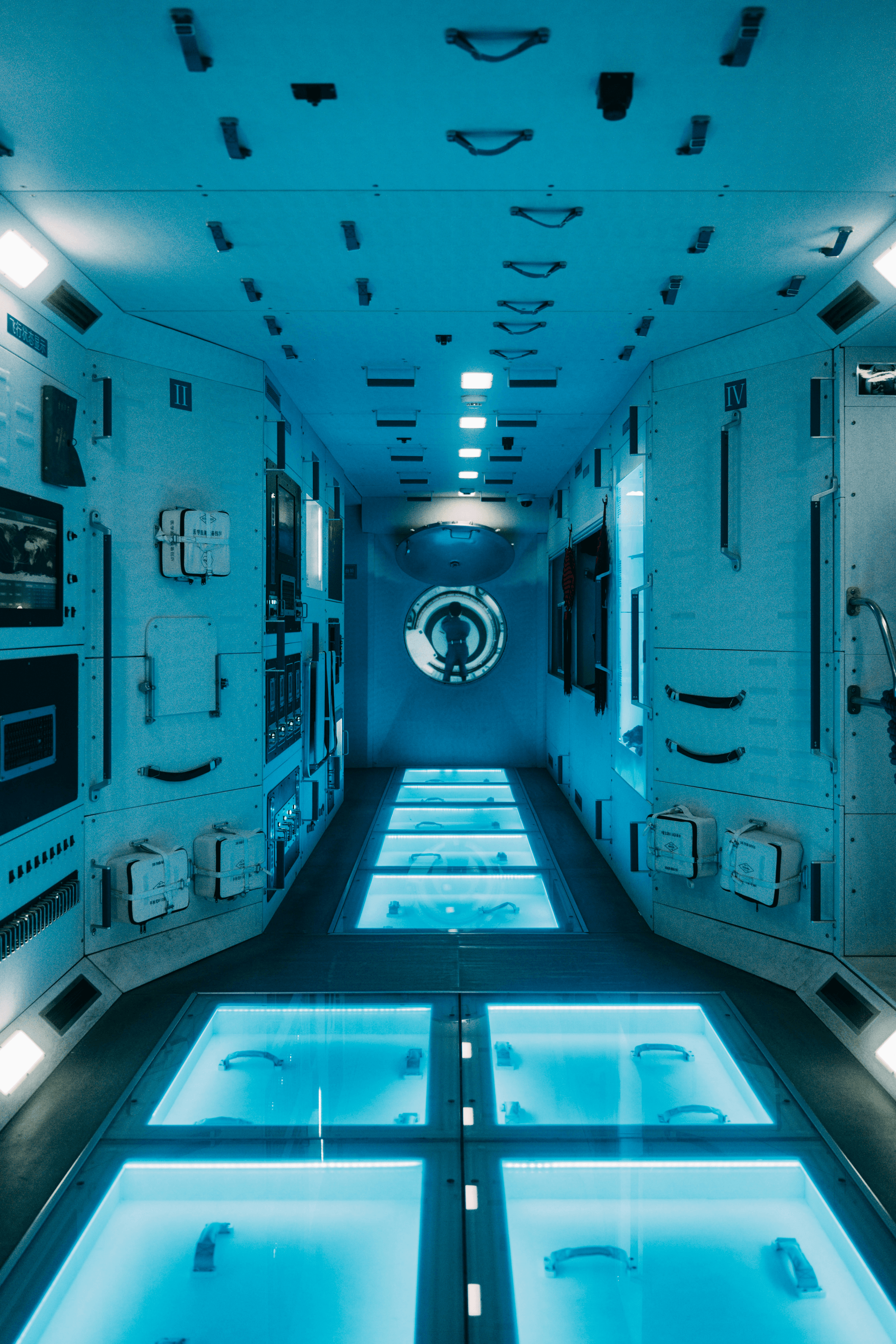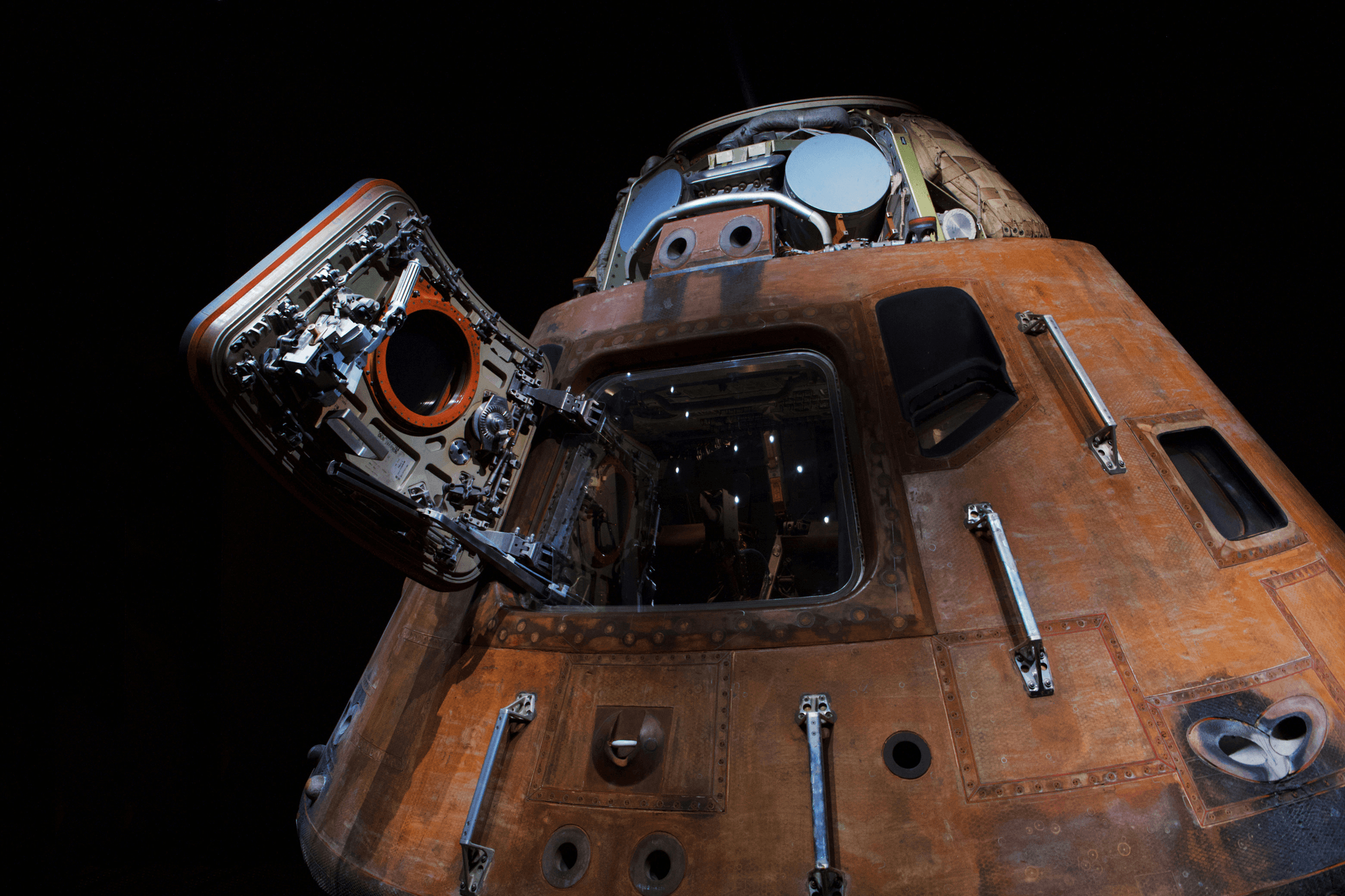Introduction
Space exploration has captivated humanity for decades, sparking curiosity and ambition to reach beyond our planet. Central to this endeavor is the space capsule, a remarkable invention that serves as a bridge between Earth and the cosmos. In this introduction, we will delve into what a space capsule is, explore its key functions, and trace the evolution of its technology.
The Fascinating World of Space Capsules
What is a space capsule? At its core, it's an engineered marvel designed to transport astronauts safely through the harsh environment of space and back again. These capsules have evolved from simple metal shells to sophisticated vehicles equipped with cutting-edge technology, embodying our relentless pursuit of exploration.
Key Functions of Space Capsules
The primary function of a space capsule is to safely carry crew members to their destinations in low Earth orbit or beyond while ensuring their return journey is equally secure. This includes not only transportation but also life support systems that sustain astronauts during their missions. Additionally, capsules like those developed by PreFab Inc. are designed with advanced re-entry mechanisms that protect against extreme temperatures and forces upon return.
Evolution of Space Capsule Technology
The journey of space capsule technology has been nothing short of extraordinary, beginning with early designs like those used in the Mercury program and evolving through iconic missions such as Apollo and Soyuz. Each iteration has built upon the successes and lessons learned from previous missions, leading to innovations that define modern spacecraft today. As we look toward the future, understanding what a space capsule entails becomes crucial in appreciating how these vehicles will continue to shape human journeys beyond Earth.
What is a Space Capsule?

Space capsules are fascinating vehicles designed for human spaceflight and cargo transport to and from Earth’s orbit. They serve a vital purpose in the realm of space exploration, providing a safe means for astronauts to journey into space and return home. Understanding what is a space capsule involves delving into its definition, design characteristics, and historical significance.
Definition and Purpose
At its core, a space capsule is a type of spacecraft that is typically cone-shaped or spherical, designed to withstand the intense conditions of re-entry into Earth's atmosphere. The primary purpose of a space capsule is to safely transport astronauts or scientific payloads through the harsh environment of outer space while ensuring their protection during descent and landing. By understanding what is a space capsule, one can appreciate its role as a bridge between Earth and the cosmos.
Design Characteristics
The design of a space capsule is both functional and innovative, tailored to meet the challenges posed by outer space travel. Key features include heat shields that protect against extreme temperatures during re-entry, parachute systems for controlled descent, and robust structures capable of withstanding significant forces upon landing. Companies like PreFab Inc. are at the forefront of developing advanced materials that enhance these design characteristics, making modern capsules more efficient and safer than ever before.
Key Examples in History
Throughout history, several notable examples illustrate what is a space capsule in action. The Mercury program's Freedom 7 marked America's first manned flight into space in 1961, setting the stage for future missions with its pioneering design. Similarly, the Apollo Command Module played an essential role in landing humans on the Moon in 1969; its legacy continues with contemporary models like SpaceX's Crew Dragon and Boeing's CST-100 Starliner—each building on past innovations while paving new pathways for exploration.
Historical Milestones in Space Capsule Development

The journey of space capsules has been marked by several key milestones, each contributing to our understanding of what a space capsule truly is. From the early days of human spaceflight to the modern innovations we see today, these milestones have shaped both technology and exploration. The evolution of these capsules reflects a fascinating blend of engineering prowess and the relentless human spirit to explore beyond Earth.
The Mercury Program and Freedom 7
The Mercury Program, initiated by NASA in the late 1950s, was America’s first foray into human spaceflight, showcasing what is a space capsule in its most rudimentary form. Freedom 7, piloted by astronaut Alan Shepard in 1961, was a significant achievement that demonstrated the feasibility of sending humans into suborbital flight. This mission laid the groundwork for future developments and highlighted the importance of safety and reliability in capsule design.
Freedom 7 was essentially a small, cone-shaped spacecraft designed to carry one astronaut safely into space and back. Its successful launch marked not just a technological triumph but also ignited public interest in space exploration. The lessons learned from this mission set vital precedents for subsequent programs like Gemini and Apollo.
Apollo Missions and the Command Module
When we think about what is a space capsule at its peak performance, the Apollo Command Module often comes to mind as an iconic example. Designed for missions aimed at landing on the Moon, this three-person spacecraft was crucial during NASA's Apollo program from 1961 to 1972. The Command Module's robust design allowed it to endure extreme conditions during re-entry while ensuring astronauts returned safely from their lunar adventures.
Apollo missions were groundbreaking not only for their scientific achievements but also for their contributions to capsule technology—introducing advanced heat shields and life support systems that are still relevant today. The success of these missions showcased how far humanity had come since Freedom 7, pushing boundaries further than ever before. This era solidified international interest in human spaceflight while inspiring future generations about what is a space capsule capable of achieving.
Soyuz: The Reliable Workhorse
If you want to know what is a space capsule that has truly stood the test of time, look no further than Russia's Soyuz spacecraft—often referred to as the reliable workhorse of human spaceflight since its debut in 1967. With its unique design featuring three modules—the orbital module, descent module, and service module—the Soyuz has successfully transported thousands of astronauts into low Earth orbit over decades without missing a beat.
Soyuz capsules have played an essential role not only in transporting astronauts but also in fostering international collaboration through programs like the International Space Station (ISS). Their consistent success demonstrates how enduring designs can adapt over time while maintaining safety standards essential for crewed missions—a testament to engineering excellence that companies like PreFab Inc. continue to aspire towards today. As we look ahead at future trends in spacecraft design, it's clear that lessons learned from Soyuz will influence upcoming innovations.
Space Capsules in Modern Exploration

The landscape of modern space exploration has been significantly shaped by advancements in space capsule technology. These innovations have not only enhanced the safety and efficiency of human spaceflight but also expanded our understanding of what is a space capsule's role in future missions. As private companies like SpaceX and Boeing enter the arena, they are redefining expectations and capabilities.
SpaceX Crew Dragon Innovations
SpaceX's Crew Dragon has revolutionized how we perceive what is a space capsule, merging cutting-edge technology with user-friendly design. With features like autonomous docking capabilities and an advanced touchscreen interface, it sets a new standard for astronaut transport. The Crew Dragon's ability to carry up to seven astronauts while ensuring their safety during launch, orbit, and re-entry showcases its innovative engineering prowess.
Moreover, the Crew Dragon is designed for rapid turnaround times between missions, which is crucial for future deep-space explorations. This capability allows NASA and other organizations to plan more frequent missions without the lengthy downtime traditionally associated with older models. In essence, SpaceX has not only answered what is a space capsule but also elevated it into a new era of commercial space travel.
Boeing CST-100 Starliner
Boeing’s CST-100 Starliner represents another significant leap forward in understanding what is a space capsule today. Designed to transport crew members to the International Space Station (ISS) and beyond, it emphasizes reliability with its robust safety features and modular design. The Starliner's ability to accommodate up to seven astronauts makes it a formidable competitor in the commercial crew market.
One standout feature of the Starliner is its innovative launch escape system that can quickly propel the capsule away from danger during an emergency situation. This system exemplifies Boeing's commitment to astronaut safety while pushing boundaries in design efficiency—essential qualities when considering what is a space capsule meant for modern exploration. Additionally, its reusable nature aligns perfectly with PreFab Inc.’s vision of sustainable technology solutions for future missions.
Challenges Faced by Current Models
Despite these impressive advancements, current models still face several challenges that question their readiness for extensive use in human spaceflight—defining further what is a space capsule capable of achieving today. For instance, both Crew Dragon and Starliner have encountered delays due to rigorous testing protocols aimed at ensuring maximum safety standards before operational flights commence. These setbacks highlight the delicate balance between innovation speed and maintaining high-quality assurance measures.
Moreover, technical glitches during test flights can lead to costly redesigns or modifications—an unfortunate reality that underscores how even state-of-the-art capsules must continuously evolve based on real-world data and experiences from previous missions. As companies like PreFab Inc., invested in sustainable solutions for aerospace technology know well, addressing these challenges head-on will be crucial for realizing the full potential of modern spacecraft designs moving forward.
The Role of Space Capsules in Human Spaceflight

Space capsules play a pivotal role in human spaceflight, serving as the primary means for safely transporting astronauts to and from space. These remarkable vehicles are designed with advanced technology and rigorous safety measures, ensuring that crew members can embark on their missions with confidence. Understanding what is a space capsule is essential to appreciate how these innovations have transformed our approach to exploring the cosmos.
Transporting Astronauts Safely
When we ask, what is a space capsule? we uncover an intricate blend of engineering and design aimed at astronaut safety during their journey. From the early days of the Mercury program to modern advancements seen in spacecraft like SpaceX's Crew Dragon, capsules have evolved significantly to enhance crew protection. PreFab Inc. emphasizes that modern capsules are equipped with life support systems and robust structures that withstand the harsh conditions of launch and re-entry, ensuring astronauts return home safely after each mission.
Re-entry and Landing Mechanisms
Re-entry is one of the most critical phases of any space mission, making it imperative for us to understand what is a space capsule’s role during this process. Capsules utilize sophisticated heat shields that protect them from extreme temperatures while entering Earth's atmosphere at high speeds. Additionally, innovative landing mechanisms such as parachutes or retro rockets help ensure a soft landing, allowing astronauts to touch down safely on solid ground or water—an achievement made possible through years of research and development.
International Collaboration and Standards
The global nature of space exploration necessitates collaboration among various nations and organizations, highlighting another aspect of what is a space capsule in today’s world. International standards have been established for designing capsules to ensure compatibility among different countries' spacecraft systems—fostering teamwork on projects like the International Space Station (ISS). Companies like PreFab Inc., along with agencies such as NASA and ESA, work together to create safe transport solutions that benefit all humanity by pushing the boundaries of human exploration beyond Earth.
Future Trends in Space Capsule Design

The future of space capsule design is poised for exciting transformations, driven largely by the rise of commercial space travel. As private companies enter the arena, they are not only redefining what is a space capsule but also pushing the boundaries of technology and design. This evolution promises to make human spaceflight more accessible and efficient, setting the stage for a new era in exploration.
The Impact of Commercial Space Travel
Commercial space travel is revolutionizing our understanding of what is a space capsule by introducing innovative designs and functionalities that were previously unimaginable. Companies like SpaceX and Blue Origin are leading this charge, creating capsules that prioritize safety while enhancing user experience for astronauts and tourists alike. With an increase in private missions to low Earth orbit and beyond, we can expect a surge in demand for advanced capsules equipped with cutting-edge technology.
These developments are not just about competition; they foster collaboration among various stakeholders in the aerospace industry. As these companies share insights and advancements, they collectively raise standards across the board, ensuring that safety remains paramount while expanding capabilities. Ultimately, this collaborative spirit will shape future designs that cater to both scientific exploration and commercial endeavors.
Advances from Companies like PreFab Inc.
PreFab Inc., at the forefront of innovation in aerospace technology, is making significant strides in redefining what is a space capsule through its pioneering designs and materials. By leveraging advanced manufacturing techniques such as 3D printing and modular construction, PreFab Inc. aims to create capsules that are not only lightweight but also robust enough to withstand the rigors of space travel. These innovations promise to streamline production processes while reducing costs—an essential factor as commercial ventures ramp up their activities.
Furthermore, PreFab Inc.'s focus on user-friendly interfaces ensures that astronauts can operate their capsules with ease during missions. Incorporating smart technologies into capsule designs enhances communication systems and navigational aids, making it easier than ever for crews to manage their journeys effectively. As these advancements unfold, they will undoubtedly influence other manufacturers who will need to keep pace with this rapidly evolving landscape.
Sustainable Space Travel Solutions
Sustainability has become a crucial consideration as we explore what is a space capsule capable of achieving in terms of environmental responsibility. The push towards greener technologies has prompted designers to rethink materials used in construction as well as fuel sources employed during launches and landings. Innovations such as reusable rockets have already made significant headway; however, future capsules must also incorporate eco-friendly practices throughout their lifecycle.
Additionally, companies like PreFab Inc., committed to sustainable development goals (SDGs), are exploring ways to minimize waste generated during production processes while maximizing efficiency in every aspect of design and operation. This approach not only addresses immediate environmental concerns but also sets a precedent for future generations embarking on interplanetary missions where sustainability will be paramount for long-term survival strategies on other celestial bodies.
By prioritizing sustainable practices now within the realm of human spaceflight—what is a space capsule without considering its impact on our planet?—we can ensure that our ventures into outer space do not come at an unacceptable cost to Earth’s environment or resources.
Conclusion
In wrapping up our exploration of space capsules, it’s clear that these remarkable vehicles are the backbone of human spaceflight. Understanding what is a space capsule goes beyond mere definition; it encompasses their critical role in transporting astronauts safely and facilitating research beyond our planet. As we look to the stars, the importance of these technological marvels cannot be overstated.
Understanding Space Capsule Importance
Space capsules serve as the bridge between Earth and the great unknown, ensuring that astronauts can travel safely to and from orbiting destinations. They are designed with precision engineering to withstand harsh conditions during launch, re-entry, and landing—a testament to their significance in space exploration. When pondering what is a space capsule, one must recognize its dual purpose: not only as a transport vehicle but also as a life-support system for crew members venturing into vast emptiness.
Innovations Shaping Space Exploration
The landscape of space exploration is rapidly evolving thanks to innovative designs from companies like PreFab Inc., which are pushing the boundaries of what is a space capsule. Modern advancements such as reusable rocket technology and enhanced safety features are revolutionizing how we think about human travel in space. With each new mission, we see groundbreaking technologies that improve efficiency and safety while inspiring future generations to dream big.
The Future of Human Journey Beyond Earth
Looking ahead, the future of human journeys beyond Earth is filled with possibilities that excite both scientists and dreamers alike. The ongoing development of commercial space travel indicates that what is a space capsule will soon mean something even more expansive—think luxury trips to orbit or even lunar vacations! As organizations like PreFab Inc. continue to innovate, who knows? Perhaps one day we'll all be boarding our own capsules for adventures among the stars!

